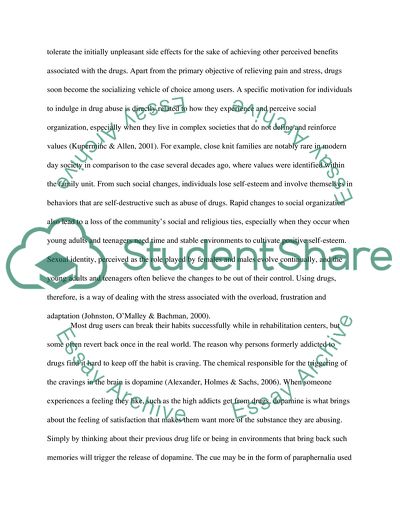Cite this document
(“Specifics of Drug Addiction Term Paper Example | Topics and Well Written Essays - 2000 words”, n.d.)
Retrieved from https://studentshare.org/psychology/1627838-specifics-of-drug-addiction
Retrieved from https://studentshare.org/psychology/1627838-specifics-of-drug-addiction
(Specifics of Drug Addiction Term Paper Example | Topics and Well Written Essays - 2000 Words)
https://studentshare.org/psychology/1627838-specifics-of-drug-addiction.
https://studentshare.org/psychology/1627838-specifics-of-drug-addiction.
“Specifics of Drug Addiction Term Paper Example | Topics and Well Written Essays - 2000 Words”, n.d. https://studentshare.org/psychology/1627838-specifics-of-drug-addiction.


